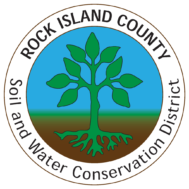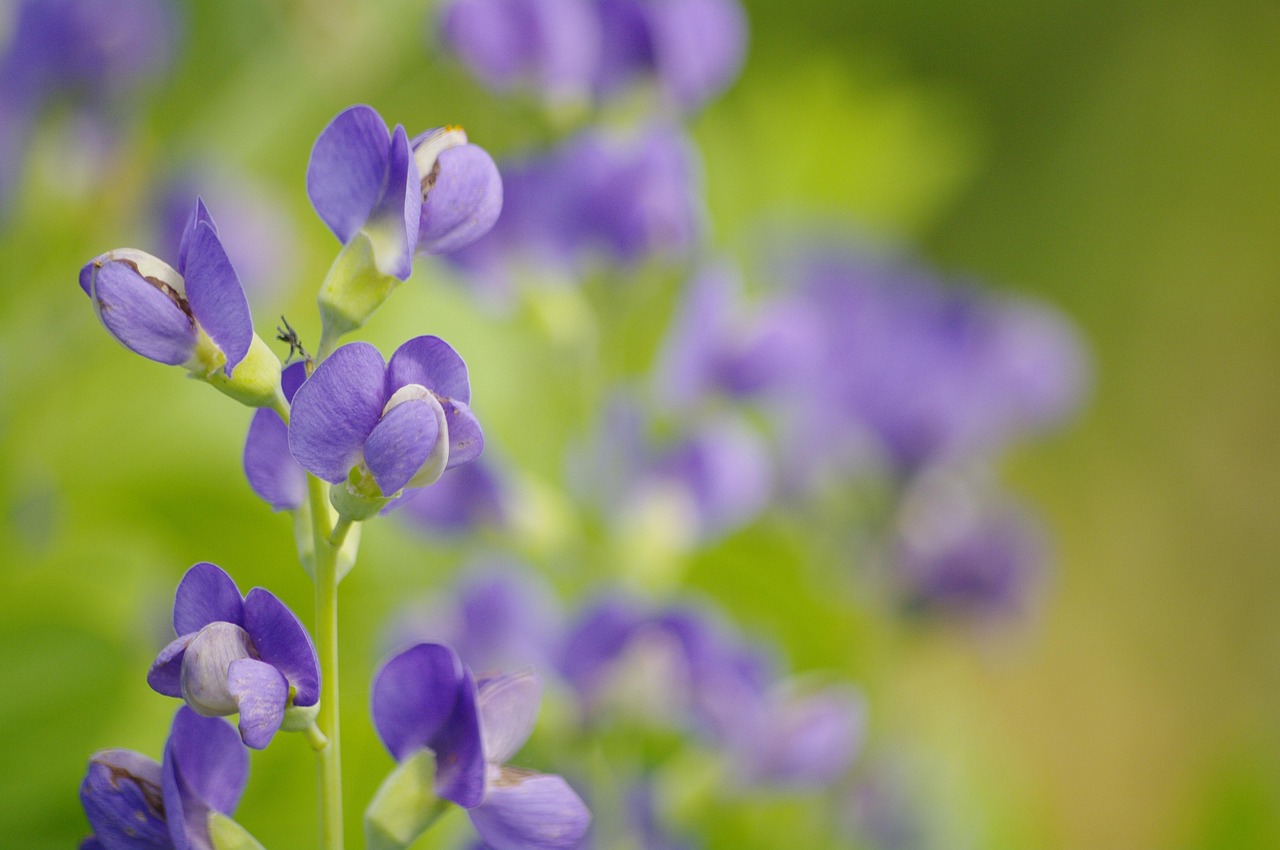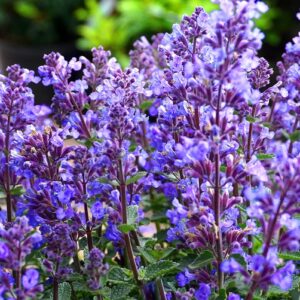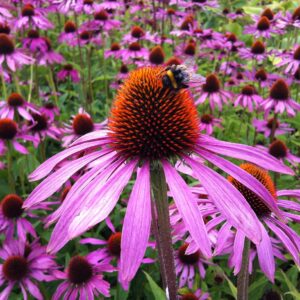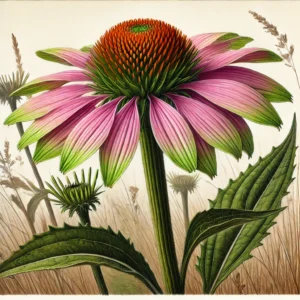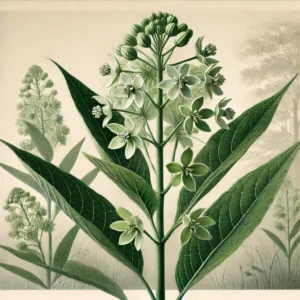Blue Indigo (Baptisia australis) – A Hardy, Long-Lived Prairie Wildflower
Blue Indigo, also known as False Indigo, is a perennial wildflower native to North American prairies and open woodlands. Known for its tall spires of deep blue flowers, pea-like foliage, and drought tolerance, it is a favorite in pollinator gardens, prairie restorations, and native plant landscapes. This low-maintenance, deer-resistant plant thrives in poor soils and becomes more striking with age.
Flowers: Vibrant blue to deep indigo, pea-like flowers bloom in upright, spike-like clusters (racemes). Individual flowers are ¾ to 1 inch long, arranged along sturdy stems. Blooms from late spring to early summer (May–June), lasting 3 to 6 weeks. Highly attractive to bees, butterflies, and hummingbirds.
Leaves: Trifoliate (three-part) blue-green leaves, resembling clover. Foliage remains lush and attractive through summer, turning gray-green in fall. Toxic if ingested, which helps deter deer and rabbits.
Height & Spread: Grows 3 to 4 feet tall and 2 to 3 feet wide. Forms a dense, shrub-like mound over time.
Growth Habit: Slow-growing initially, but develops into a long-lived, drought-resistant plant. Deep-rooted, making it highly drought-tolerant once established.
Seed Pods & Reproduction: Produces dark, inflated, pea-like seed pods, which rattle when dry. Seeds ripen by late summer and may self-sow in the right conditions.
Roots & Rhizomes: Deep, woody taproot, allowing it to survive drought and poor soils. Difficult to transplant once mature due to its extensive root system.
Habitat & Range: Native to tallgrass prairies, savannas, and open woodlands across eastern and central North America. Thrives in dry to moderately moist, well-drained soils. Prefers full sun but tolerates light shade.
Wildlife Benefits: A major nectar source for native bees, butterflies, and hummingbirds. Host plant for butterfly caterpillars, including Sulphur butterflies. Resistant to deer and rabbits due to its toxic compounds.
Historical Uses as a Dye Plant: Used by Indigenous peoples and early settlers to produce a blue dye, similar to true indigo (Indigofera tinctoria). The common name “False Indigo” comes from this historical use.
Extremely Long-Lived: Individual plants can live for decades, forming larger clumps over time.
Pollinator Powerhouse: One of the best native perennials for supporting bees, butterflies, and other pollinators.
Growing Blue Indigo: Best for prairie gardens, pollinator habitats, and drought-tolerant landscapes. Thrives in full sun, preferring dry to medium, well-drained soil. Highly drought-resistant once mature but needs 2-3 years to establish. Non-aggressive, forming a slow-spreading clump. Minimal maintenance—cut back old stems in early spring.
